50 activities in one booklet which all revolve around learning grammar in the classroom.
Grammar Worksheets Galore
This teaching resource provides 50 activities that are focused on grammar in the classroom. This book is designed to have a grammar focus each week and five activities per week, for ten weeks.
These topics include:
- common nouns
- proper nouns
- personal pronouns
- adjectives
- verbs
- adverbs
- articles
- conjunctions
- prepositions.
You can integrate these grammar tasks with your existing grammar and spelling rotations. At the end of each week, The Grammar Sentence Challenge worksheet can be used as an end-of-the-week summative assessment activity to see how students put their grammar into their writing.
This resource is aligned with Paragraph Study Interactive PowerPoint. Download and use the Glorious Grammar Volume 1: Teacher Notes for advice on using the two together in the classroom.
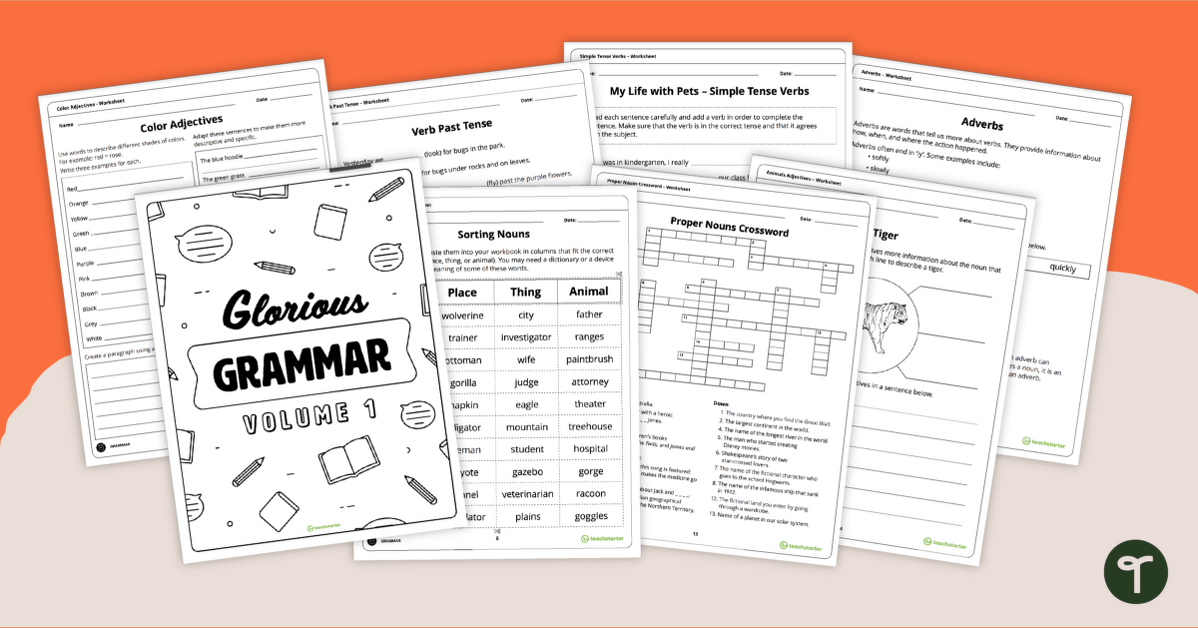

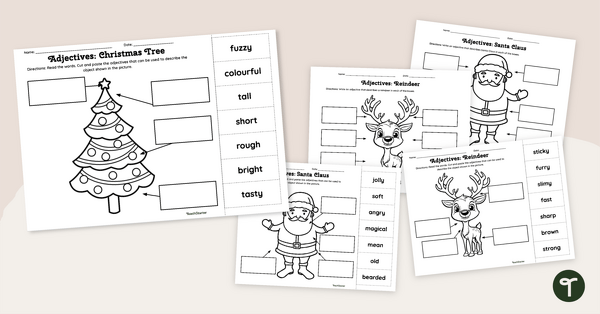
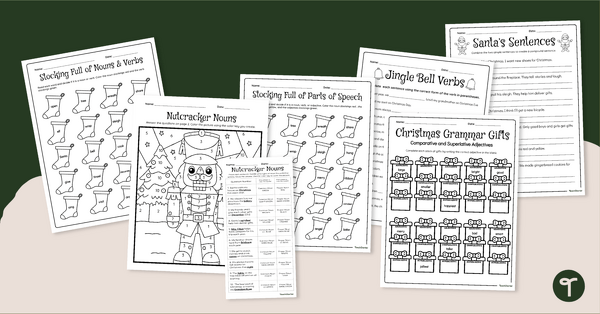
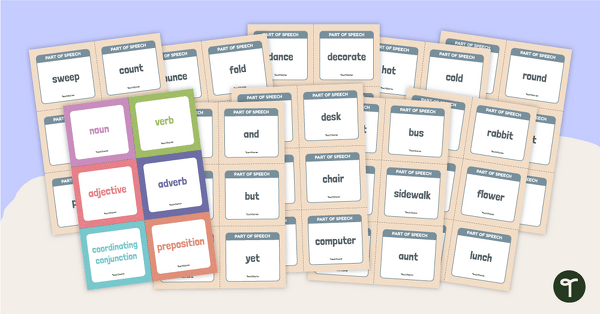
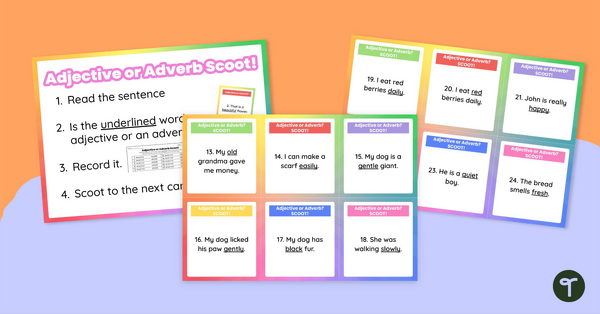
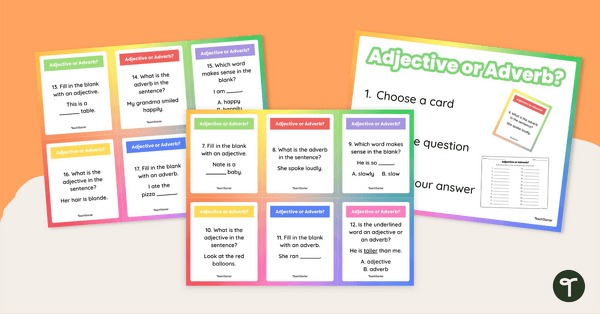


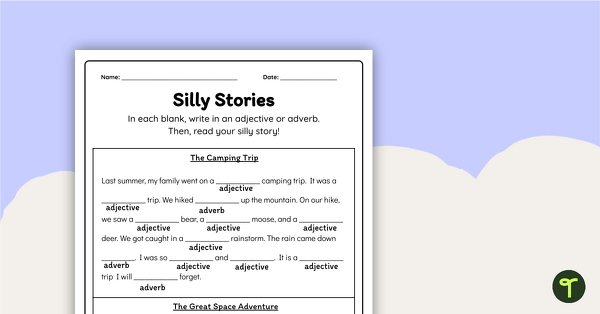
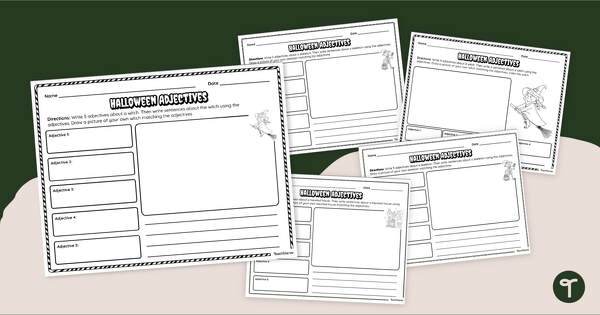

0 Comments
Write a review to help other teachers and parents like yourself. If you'd like to request a change to this resource, or report an error, select the corresponding tab above.